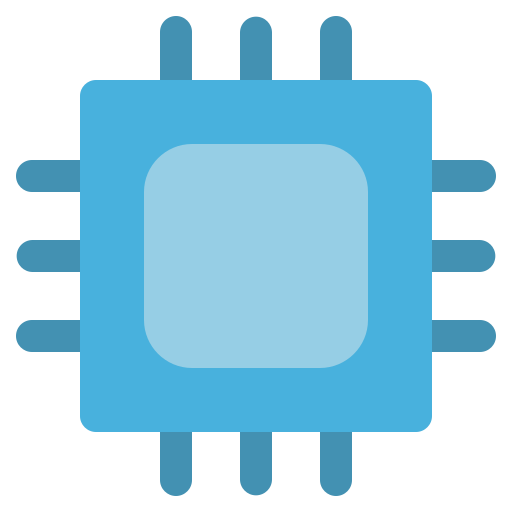A bit of topic; am I the only one that pronounces it “butterface”?
- 1 Post
- 55 Comments

 31·1 year ago
31·1 year agoThe only down side, IMO, is that the models are proprietary and closed.

 13·1 year ago
13·1 year agoIt’s only going to hallucinate until it gets new input from reality. Not nearly as precarious as generative models.

 101·1 year ago
101·1 year agoIt also doesn’t help in oligopolies where you are stuck with mostly bad options.

 12·1 year ago
12·1 year agoGood for you. (Not sarcasm). Now the rest of the allies need convincing.

 1427·1 year ago
1427·1 year agoYou willing to go there to die?

 2·1 year ago
2·1 year agoThis PAIRs nicely with that new glitch response telling a student to die. Weeeee, technology is fun!

 29·1 year ago
29·1 year agoRead a newspaper some time. You might learn a thing about that.

 59·1 year ago
59·1 year agoI didn’t realize all Russians were in the Linux kernel maintainers file. Silly me.

 611·1 year ago
611·1 year agoThis is not collective punishment.

 157·1 year ago
157·1 year agoGood. Fuck Russia.

 127·1 year ago
127·1 year agoNice. Fuck Russia.

 63·1 year ago
63·1 year agoThe problem with repairing the earth’s climate isn’t that we don’t know what to do. It’s that humans refuse to organize themselves in a way that achieves that goal. AI won’t fix that.
 2·1 year ago
2·1 year agoI’m not sure why SHR would require any file system, it’s an abstraction that sits below that layer.
 3·1 year ago
3·1 year agoI don’t have a Synology, but I implemented SHR manually using mdadm and LVM. If you have a RAID 1 array you can just add disks to it and “upgrade” it to the next tier of your choice. So with 3 disks you could just go to RAID 5 and that chunk would now become RAID 5.
It wouldn’t be merged with any additional chunks directly. Rather, you’d use LVM to create a volume group with each chunk added (each chunk world be formatted into a PV). From that you would carve out your volumes and then your file systems on top of that.
This is a pretty simple layout and I imagine Synology is pretty close to this.
The best way, I found to do this is to actually first partition your drives into 2-4TB chunks. Each of these partitions is then added to a RAID array, minimizing waste if you have mixed size drives. e.g. with three disks the first partitions are grouped into one raid array (chunk) and then the second partition of each disk is grouped into the next array, etc.
So, in your case, I suspect the Synology created a 1TB partition on each of your 1TB drives. If you replace 2 of those, Synology would create 1TB partitions on the new drives that match the existing raw disk size. It would then create a new RAID 1 array using the 3tb of additional space that’s sitting on new 3tb partitions. LVM would then add this chunk to your volume(s).
Of course, that’s just my guess based on research I did a while ago to build my own array. Check out the Synology RAID calculator. It’ll give you some ideas about this, too.

 44·1 year ago
44·1 year ago“But the breakthrough will come just as soon as the chips no one can make are delivered.”
Probably.

 132·1 year ago
132·1 year agoIt’s about control. And monopolies love control (governments, too). If we let them, they’ll take it and then we’re screwed.

 581·1 year ago
581·1 year agoIt’s probably going to move to hardware attestation similar to what Android and iOS are doing. This may or may not be a good thing.

Someone just bitchslap that cunt, please.